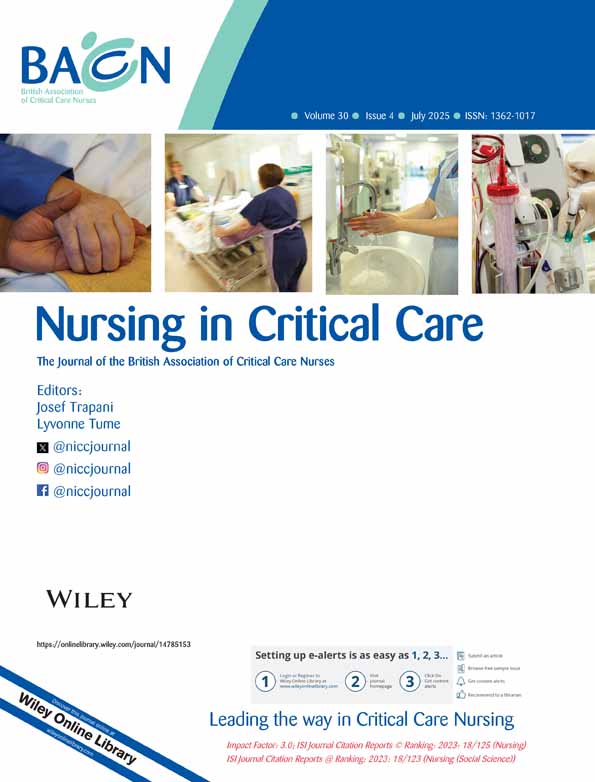A Nomogram for Predicting In-Hospital Mortality in Critically Ill Patients With Myocardial Infarction and Atrial Fibrillation
Funding: The authors received no specific funding for this work.
ABSTRACT
Background
Myocardial infarction (MI) and atrial fibrillation (AF), a common complication during hospitalisation of critically ill MI patients, have a complex and close bidirectional relationship, and the two frequently occur together.
Aim
To develop a nomogram to predict the risk of in-hospital mortality in critically ill patients with MI and AF.
Study Design
For this retrospective cohort research, we selected 1240 critically ill patients with AF and MI from the Medical Information Mart for Intensive Care-IV (MIMIC-IV) (version 3.1) database. A 7:3 random division of the dataset was made into training and test sets. LASSO regression plus 10-fold cross-validation was used to screen predictors, and multivariate logistic regression was used to build prediction models using the screened predictors. We assessed our outcome model using the calibration curve and the area under the receiver operating characteristic curve (AUROC). We assessed the clinical usefulness of the predictive models using decision curve analysis (DCA).
Results
This study included 1240 patients with both MI and AF, of whom 212 died during hospitalisation, yielding a mortality rate of 17.1%. The final seven predictors were chronic obstructive pulmonary disease, continuous renal replacement therapy, metoprolol, vasopressor use, red blood cell distribution width, anion gap and blood urea nitrogen. The model achieved an Area under the receiver operating characteristic curve (AUC) of 0.802 in the training set and 0.814 in the test set. Both calibration and decision curves demonstrated good model performance.
Conclusion
For patients with MI and AF, this nomogram offers an early evaluation of the risk of inpatient death.
Relevance to Clinical Practice
By utilising risk prediction algorithms, nurses may precisely evaluate the risk of early mortality in patients with MI and AF promptly and execute targeted preventative interventions. This method enhances nursing decision-making and resource distribution, demonstrating clinical significance in critical care practice.
Conflicts of Interest
The authors declare no conflicts of interest.
Open Research
Data Availability Statement
The data that support the findings of this study are available on request from the corresponding author. The data are not publicly available due to privacy or ethical restrictions.




